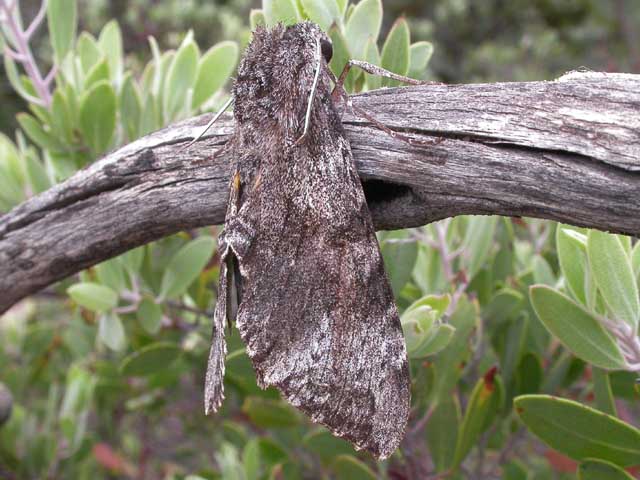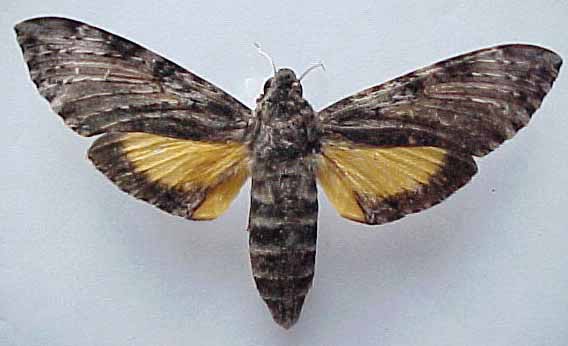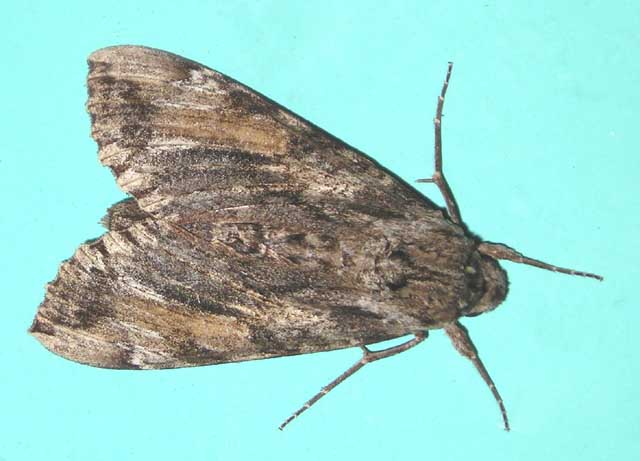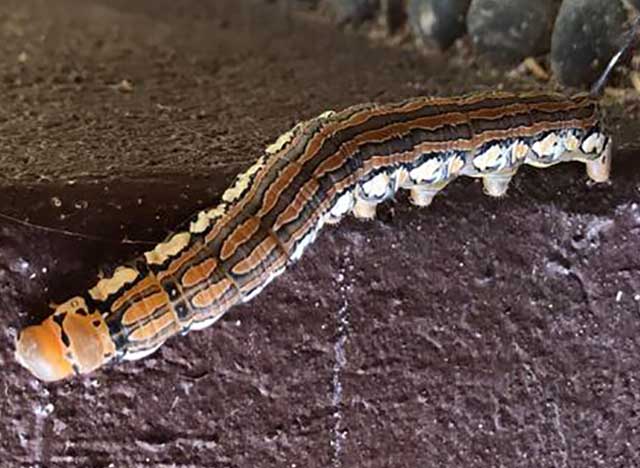Isognathus rimosus inclitus
Isognathus rimosus inclitus
H. Edwards, 1887

Isognathus rimosus
inclitus, Zacatecas, Mexico, courtesy of Jean Haxaire copyright.
This site has been created by Bill Oehlke.
Comments, suggestions and/or additional information are welcomed by Bill.
TAXONOMY:
Family: Sphingidae, Latreille, 1802
Subfamily: Macroglossinae, Harris, 1839
Tribe: Dilophonotini, Burmeister, 1878
Genus: Isognathus G. Felder & R. Felder, 1862 ...........
Species: rimosus inclitus Edwards, 1887,
|
DISTRIBUTION:
Isognathus rimosus inclitus (Wing span: , females larger than males), flies from Mexico,
the specimen type locality, to Nicaragua.

Isognathus rimosus
inclitus courtesy of Jean Michel Maes.
FLIGHT TIMES:
There are probably several flights throughout the year.
ECLOSION:
Moths emerge from pupae in thin-walled cocoons under leaf litter within 8-24 days of pupation.
SCENTING AND MATING:
Females call in the males with a pheromone released from a gland at the tip of
the abdomen. Adults nectar at flowers, including petunia.

Isognathus rimosus inclitus female, Cozumel Island, Mexico,
courtesy of Jean-Marc Pilliere, identification by Jean Haxaire.
EGGS, LARVAE, PUPAE:
Females probably lay eggs on leaves of Apocynacea.
Larvae have long tails; colouration suggests they are unpalatable to birds.
The pupae are also quite colourful, and, I suspect, are very lively. Moths generaly emerge witin 8-24 days of pupation.

Isognathus rimosus inclitus final instar, Chapala, Sinaloa, Mexico,
September 16, 2019, courtesy of photographer Pilar Martinez, via Sarah, via Daniel Marlos,
identification by Jean Haxaire.
Return to Sphingidae Index
Return to Dilophonotini Tribe



